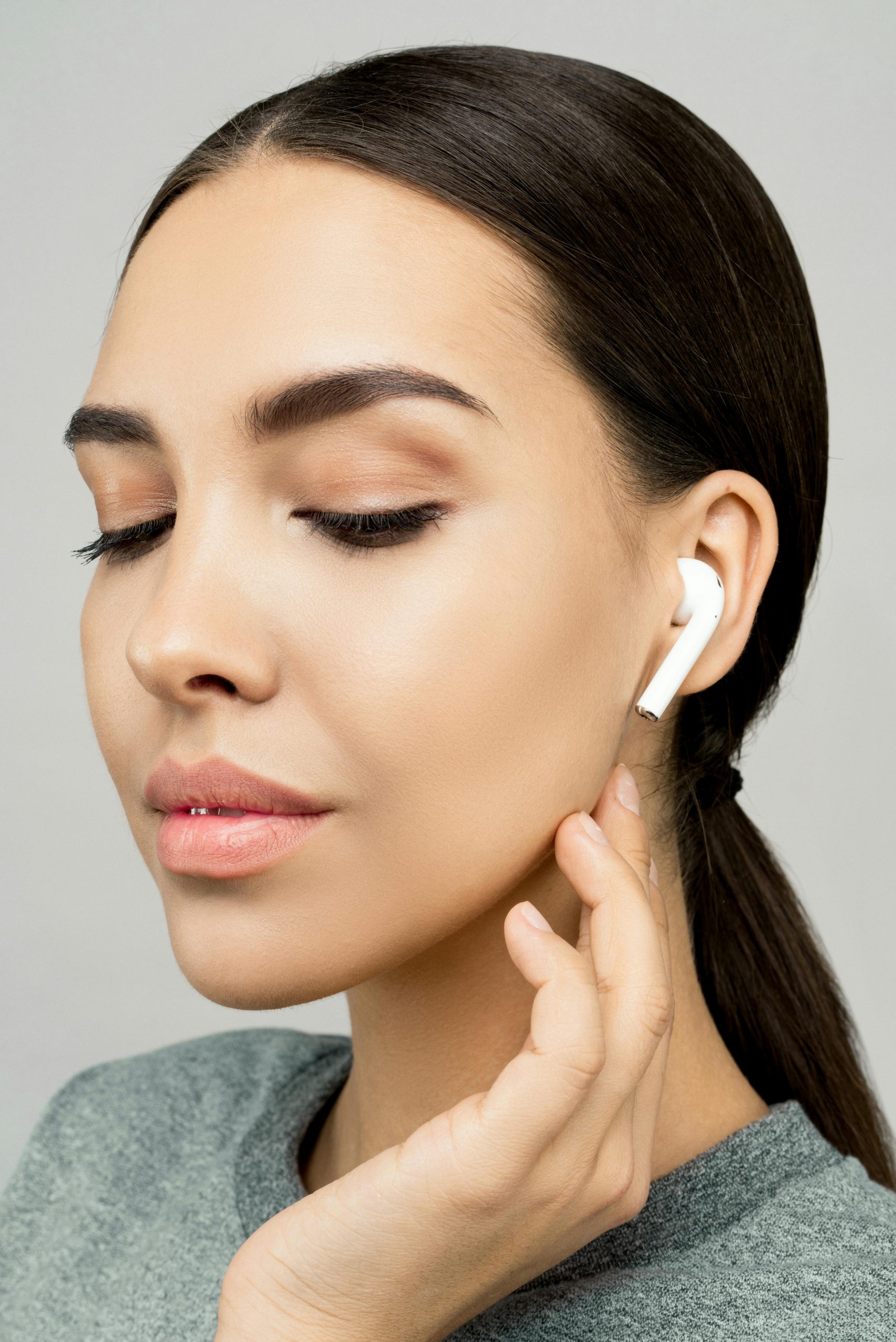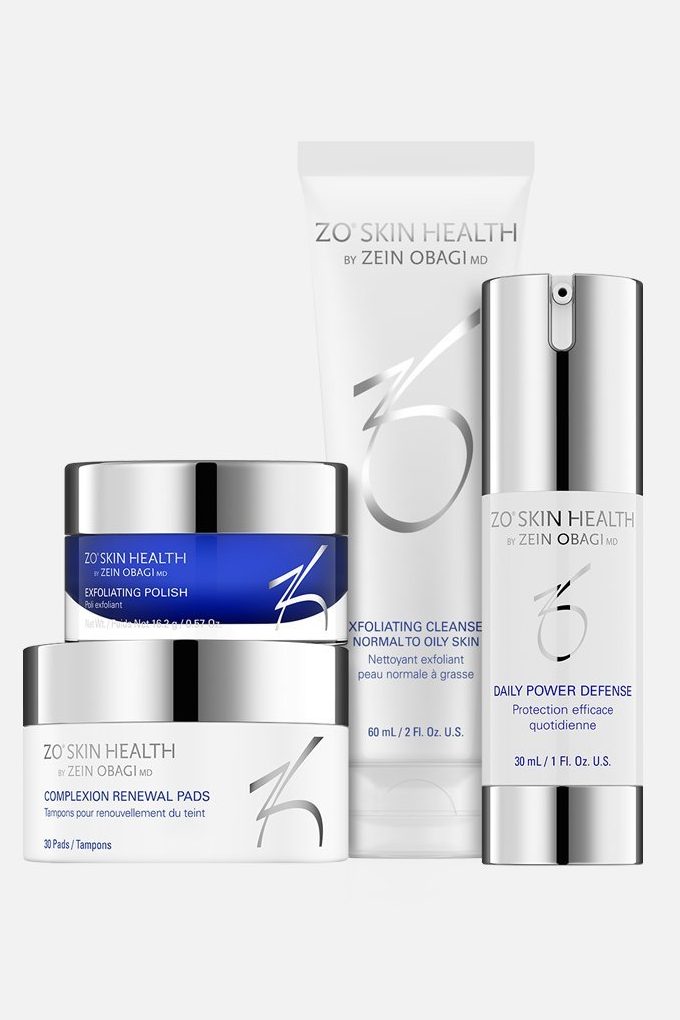Keeping you informed every step of the way
This is not an exhaustive list and if you have a question about the treatments offered that isn’t listed, then feel free to book a no-obligation consultation with Dr Ivona Paravic who will guide you through any questions and concerns you may have about getting your first treatment.
How painful is it?
The level of pain experienced during injectable aesthetic treatments can vary depending on several factors, including the individual’s pain tolerance, the specific treatment being performed, and the techniques used by the practitioner. Generally, injectables are associated with minimal discomfort, as most formulations contain a local anesthetic (such as lidocaine) to help numb the treatment area and minimize pain. Additionally, practitioners may use techniques such as ice or vibration therapy to further reduce discomfort during the procedure. While some patients may experience mild discomfort or a slight pinching sensation during injection, the overall pain level is typically low, and any discomfort is usually brief and well-tolerated.
Will I have a bruise?
To minimize the risk of bruising, practitioners may employ techniques such as using a fine needle or cannula, applying gentle pressure after injection, and avoiding areas with prominent blood vessels. Additionally, patients can help reduce the risk of bruising by avoiding blood-thinning medications or supplements prior to treatment, following post-treatment care instructions provided by the practitioner, and avoiding vigorous exercise or activities that may increase blood flow to the treated area immediately after treatment.
Overall, while bruising is a potential side effect of injectable aesthetic treatments, it is often minimal and temporary, resolving within a few days to a week in most cases.
How long the results will last?
- Dermal Fillers: The longevity of dermal fillers typically ranges from 6 months to 2 years. Hyaluronic acid fillers, such as those used for lip augmentation or cheek augmentation, often last around 6 to 18 months. However, some thicker formulations designed for deeper volumization, such as those used for jawline contouring, may last up to 2 years or more. Other types of fillers, such as those containing calcium hydroxylapatite or poly-L-lactic acid, may have longer-lasting results, with effects lasting up to 2 years or more.
- Anti-Wrinkle Injections: The effects of anti-wrinkle injections typically last around 3 to 4 months. Over time, the muscle activity gradually returns, and wrinkles may reappear. To maintain the desired results, patients often require repeated treatments every few months. It’s essential to consult with a qualified practitioner to determine the most suitable treatment plan based on individual needs and goals. Additionally, factors such as sun exposure, smoking, and genetics can influence the longevity of results, so adopting a healthy lifestyle and following recommended skincare practices can help optimize the effects of injectable treatments.
- Profhilo: Profhilo is a hyaluronic acid-based injectable treatment designed to improve skin hydration and elasticity. It consists of a unique formulation of stabilized hyaluronic acid that spreads evenly within the skin, stimulating collagen and elastin production. Profhilo typically provides results that last around 6 to 12 months. However, some individuals may experience longer-lasting effects, depending on factors such as metabolism, lifestyle, and treatment area.
- Polynucleotide (PN) : Polynucleotide, contain a substance derived from salmon DNA that promotes tissue regeneration and repair. PN are used to improve skin texture, elasticity, and hydration. The longevity of PN can vary, but they generally provide results that last around 6 to 12 months. Like other injectable treatments, the duration of results may vary depending on individual factors.
- Sunekos : Sunekos is a unique injectable treatment designed to rejuvenate the skin and improve its overall quality. It contains a patented combination of amino acids and hyaluronic acid, which work together to stimulate collagen and elastin production, leading to improved skin texture, hydration, and elasticity.
The longevity of Sunekos results can vary depending on several factors, including individual metabolism, lifestyle factors, and the severity of skin concerns being addressed. Generally, Sunekos results typically last around 6 to 12 months. However, some individuals may experience longer-lasting effects, while others may require more frequent maintenance treatments to sustain the desired improvements.
- PRP: In general, the effects of PRP therapy may last for several months to a year or more. However, multiple treatment sessions may be required to achieve optimal results, especially for chronic conditions or conditions requiring ongoing maintenance.
It’s important to note that individual responses to PRP therapy can vary, and results may not be permanent. Additionally, lifestyle factors such as sun exposure, smoking, and overall health can influence the longevity of PRP effects.
What are the risks of having aesthetic treatments?
Aesthetic treatments, like any medical procedure, carry certain risks. Some potential risks associated with aesthetic treatments include:
- Infection: There is a risk of infection with any injectable treatment or procedure that breaks the skin barrier. It’s essential to ensure that proper aseptic techniques are followed, and sterile equipment is used to minimize this risk.
- Allergic reactions: Some individuals may be allergic to certain ingredients used in aesthetic treatments, such as lidocain. While rare, allergic reactions can occur and may manifest as redness, itching, or swelling at the treatment site.
- Nerve damage: Improper injection techniques or placement of fillers or antiwrinkle injections can potentially lead to nerve damage. This can result in temporary or permanent numbness, weakness, or changes in sensation in the affected area.
- Unsatisfactory results: Despite careful planning and execution, aesthetic treatments may not always produce the desired results. Factors such as individual anatomy, skin type, and response to treatment can influence outcomes.
- Overcorrection or undercorrection: Overcorrection occurs when too much filler or botulinum toxin is injected, leading to an unnatural appearance or undesired effects. Conversely, undercorrection occurs when insufficient product is used, resulting in suboptimal results.
- Asymmetry : Asymmetry can occur from dermal fillers for several reasons:
- Injection Technique: If the dermal filler is not injected symmetrically on both sides of the face or in the desired areas, it can lead to asymmetry.
- Individual Anatomy: Each person’s facial anatomy is unique, and subtle differences in facial structure can contribute to asymmetry. The natural contours and proportions of the face may vary from one side to the other.
- Product Migration: Dermal fillers can sometimes migrate away from the injection site, leading to asymmetrical distribution of filler material. This can occur if the filler is injected too superficially or if there is movement or pressure applied to the treated area shortly after injection.
- Swelling and Bruising: Immediately after receiving dermal filler injections, it’s common for the treated area to experience swelling and bruising. This swelling can sometimes mask asymmetry initially, but as the swelling resolves, any underlying asymmetry may become more apparent.
- Volume Correction: In some cases, dermal fillers may be used to correct volume loss or asymmetry in certain areas of the face. However, if the filler is not distributed evenly or if too much filler is injected into one area, it can create asymmetry in other areas of the face.
- Muscle Movement: Facial expressions and muscle movement can affect the distribution of dermal fillers over time. Asymmetry may become more noticeable when the muscles in the face contract or relax.
- Dermal fillers have the potential to migrate from the injection site or cause asymmetry if not administered correctly. This can lead to unevenness or lumps in the treated area.
- Rare complications: In rare cases, more serious complications such as vascular occlusion (blockage of blood vessels), tissue necrosis (death of tissue), or anaphylaxis (severe allergic reaction) can occur. While uncommon, these complications require immediate medical attention.
During your free consultation, any concerns you may have will be discussed with Doctor Paravic.
Will I end up with 'trout pout' if I have lip fillers?
Dr Paravic works with you during consultations and will advise you on how to get the results you want.
How many areas can I have treated at once?
There’s no restriction on the number of areas that can be treated simultaneously. We can address as many areas as necessary in a single session. However, it’s crucial to note that anti-wrinkle injections and dermal fillers cannot be administered in the same area on the same day. If both treatments are planned, anti-wrinkle injections will be administered first, followed by dermal filler injections two weeks later. As for dermal fillers, we have the flexibility to treat the entire face in one session. For those who prefer a gradual enhancement, we typically begin with the mid-face and progress to the lower face over subsequent sessions.
Dr Paravic will discuss your requirements and recommend the best treatment plan for you during your consultation.
How long until I see results?
Contrary to common belief, antiwrinkle injections don’t produce immediate effects, not even by the following day. Typically, you’ll start noticing its effects after about 3-4 days, with the full impact becoming apparent in 2 weeks.
As for fillers, the results are instant. However, it’s essential to note that swelling may account for up to 30% of the initial visible changes, which usually subsides within 3-14 days. Generally, most individuals observe the final result of fillers after about a week.
- Profhilo is known for its unique formulation, which stimulates collagen and elastin production in the skin, leading to improved hydration, elasticity, and overall skin quality. While some individuals may notice an immediate improvement in skin hydration, the full effects of Profhilo typically become noticeable after about 4-6 weeks. This timeframe allows for collagen remodeling and regeneration to take place gradually, resulting in smoother, more radiant skin.
- Polynucleotide (PN) Treatments: Polynucleotide (PN) injections contain a substance derived from salmon DNA, which promotes tissue regeneration and repair. The timeline for seeing results from PN treatments can vary depending on the specific formulation used and the treatment area. In general, individuals may begin to see improvements in skin texture, firmness, and hydration within a few weeks to a couple of months after treatment. However, optimal results may take longer to manifest, with continued improvements observed over several months as collagen production is stimulated and tissue regeneration occurs.
What if I don't like it?
If you’re dissatisfied with your dermal filler results, those containing hyaluronic acid can be reversed using hyaluronidase. However, a precautionary allergy test must be conducted 48 hours before administering hyaluronidase. While the dissolving process begins immediately, it takes approximately 48 hours to see the full effect.
On the other hand, effects from anti wrinkle injections cannot be reversed. Anti wrinkle injections effect naturally wears off over time, typically within 3-6 months, potentially sooner for first-time treatments. To mitigate this, a carefully planned treatment approach with a “less is more” philosophy will be established prior to any treatment.
What happens if I have any questions after my treatment?
We appreciate that you may have a question that springs to mind after your session has ended. Dr Paravic is available to answer any questions via several methods, simply chose the one most convenient for you.
WhatsApp, Viber, Instagram, Facebook Messenger or email.
-
Phone: +44 78 79910545
-
Email: info@marrelle.com
-
Instagram: drivonamparavic
-
Facebook: Marrelle Aesthetics
Will people be able to tell I've had a treatment?
Typically, the results of aesthetic treatments are subtle and natural-looking. You may receive compliments such as “You look refreshed,” “You look beautiful,” or “You must’ve had a good night’s sleep.” These comments often reflect the subtle enhancements achieved through the treatment.
In most cases, the changes are noticeable when comparing before and after photos rather than in everyday interactions. This emphasis on natural results allows individuals to enhance their appearance while maintaining a refreshed and rejuvenated look without appearing overdone or artificial.
What is a 'free top up'?
A complimentary top-up service is available for anti wrinkle treatments. Following your initial treatment, you will have a follow-up appointment with Doctor Paravic 14-21 days later. During this appointment, if it’s determined that additional units of antiwrinkle injections are needed to achieve your desired outcome, they will be administered at no extra cost to ensure the best possible result.
Will I be able to move my face afterwards?
Absolutely! You may have a little swelling (post filler), local numbness and redness but the movements will remain as usual.
I still have questions?
No problem. We are here to help you. Contact us on +44 7879910545 or on info@marrelle and we will try our best to answer any question.
Certain products may contain:
- Nutmeg which may have hallucinogenic effects and react with pain-relieving drugs in labour.
- Rosemary which is thought to increase blood pressure in pregnancy and may cause contractions.
- Basil which is thought to contribute to abnormal cell development.
- Jasmine and Clary Sage which may trigger contractions.
- Sage and Rose which may cause bleeding in your uterus.
- Juniper berry which may affect your kidneys.
- Laurel, angelica, thyme, cumin, aniseed, citronella and cinnamon leaf should also be avoided as they could stimulate contractions.





